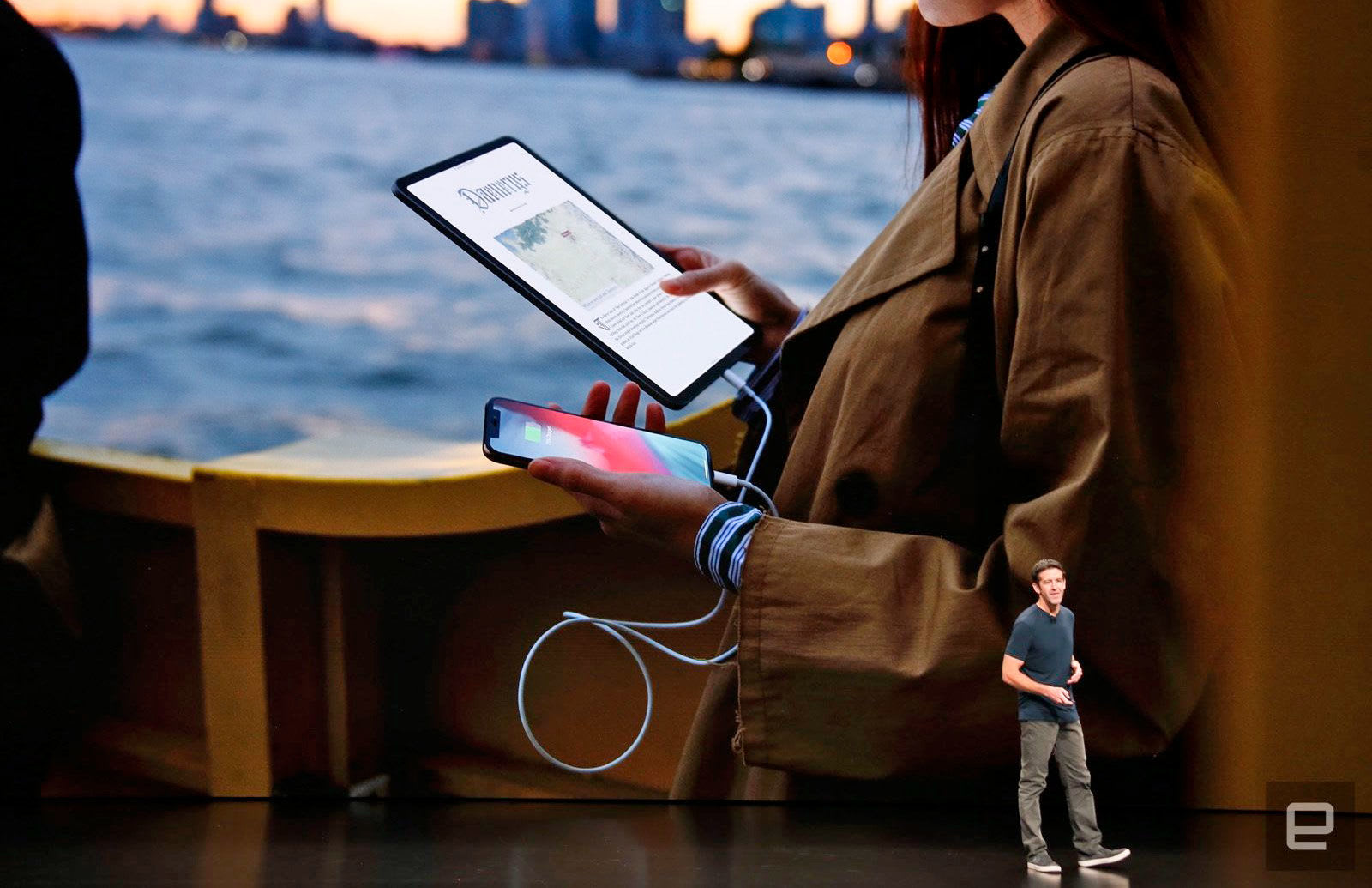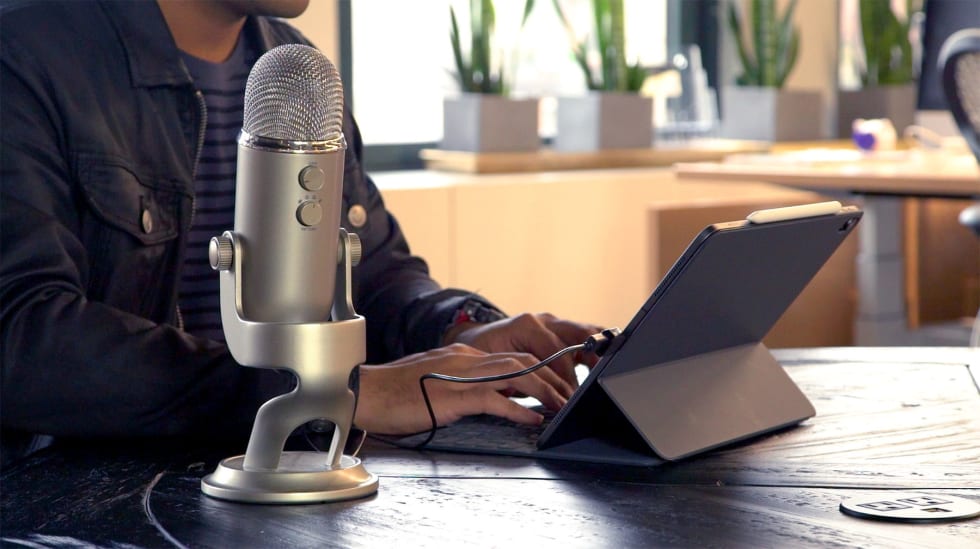
Over the years, reports have come and gone on the notion that Apple will swap from Lightning to USB-C on its iPhones — matching rival Android phones, and its own MacBook range. But it was unlikely to happen and then it didn’t happen.
The Lightning port arrived before USB-C, back in 2012. It was a fraction of the size of its 30-pin predecessor, reversible (unlike rival port micro-USB on Android phones at the time) and technically better in every way. Since then, inside every iPhone box, you found an OG Lightning to USB Type-A cable and later, a pair of Lightning EarPods and a 5W charger.
We know Apple doesn’t hate USB-C — it’s the port on the latest iPad Pro and the company also worked to develop the USB-C standard years ago for use on its Macs. However, Apple has stuck doggedly to the Lightning port for its iPhones — and it has some reasons to do so. Think of all the Lightning accessories and charging docks, even its own aforementioned lightning headphones (and the more expensive third-party ones) — everyone will need to buy new ones. But then, Apple has taken similar plunges before. It killed its old 30-pin dock connector back on September 12th, 2012. That was seven years ago. Then there was the headphone jack, and USB Type-A on Macs, and the rest.
It might be holding onto Lightning until it can make its phones entirely wireless. Having a wireless phone charger is a nice luxury — I lead a luxurious life and have one in the office and one by my bedside. But given sluggish wireless charging speeds (still), the portless iPhone is still a few years away.
Maybe it’s the aesthetics then? Maybe USB-C is too big? If companies are, wait, have killed off the headphone socket on phones, every millimeter must be crucial — and yes USB-C is ever-so-slightly thicker. Is that truly a deal-breaker here?
Probably not, but with Lightning, Apple can tweak its own cable standards for new technologies and features immediately, without being at the whims of industry standards and agreements. USB-C compatibility with Thunderbolt, data speeds and how it deals with charging remains opaque and confusing. A single iPhone cable gets around that and keeps a better handle on defective unverified cables that could do more damage to your sometimes thousand-dollar phone.
But back to the weedy 5W charger that came with your new iPhone. Despite increases in power and battery capacity, it’s been unchanged since the first iPhone. That’s meant, for the last few years, you’ve been losing out on what recent iPhones are capable of. Yes, you can charge your phone faster with a 12W brick, but even faster charge speeds are possible. You just need a USB-C charger (sold separately) and a USB-C to lightning cable (sold separately). That’s been the case since the iPhone 8.
Apple is fixing this, kind of. At today’s event, it announced that it’s packaging a new 18W USB-C fast-charger with its iPhone 11 Pro and 11 Pro Max phones. (Sidenote: Can you really call a phone ‘Pro’ without USB-C?)
So didn’t get my USB-C iPhone (let alone one with 5G) this time around, but Apple took a step in the right direction. If you buy its top-end iPhone 11 Pro, you’ll now get that USB-C to Lightning charging cable and an 18W fast-charger. But why not give the same cable and charger to anyone buying a new iPhone? A lot of us, sick of waiting for our phones to charge, would be happy. I’d be happy.
Follow all the latest news from Apple’s 2019 iPhone event here!
Author: Mat Smith
Source: Engadget apple, gadgetry, gadgets, gear, iphone2019, mobile, usb-c





